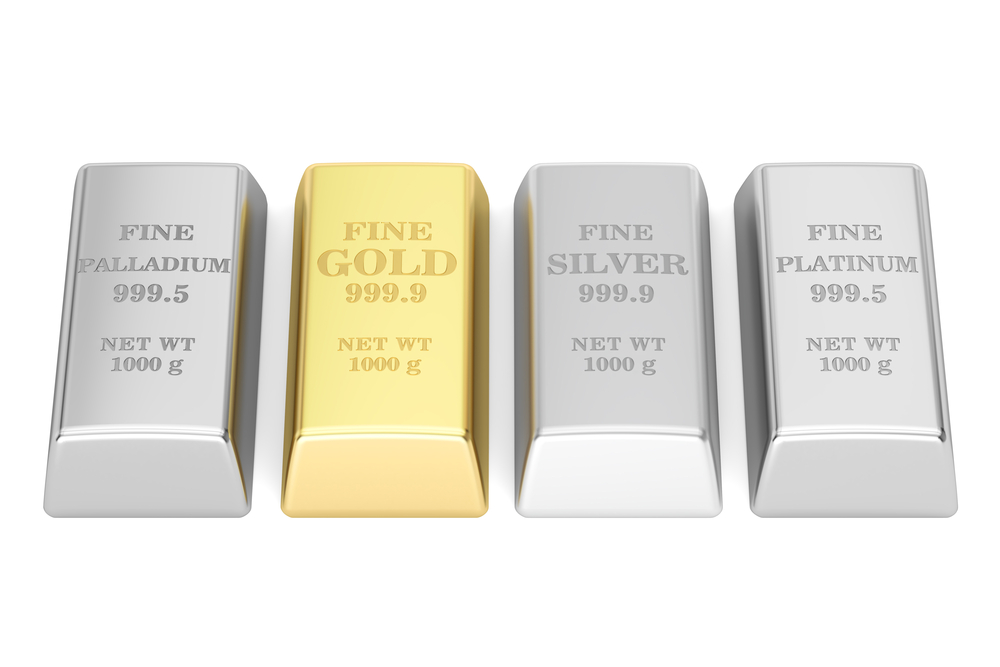World's Biggest Assets
In the vast financial landscape, certain assets tower above the rest, exerting their influence on markets and economies. Understanding these behemoths is crucial for navigating the ever-shifting tides of wealth and investment. But amidst these established giants, a young challenger seeks its place – Bitcoin, the enigmatic digital currency. This article delves into the world's biggest assets and examines Bitcoin's ascent, its potential, and the questions it raises.
The Kings of the Castle: Traditional Titans of Value
Stocks
Shares in established companies like Apple, Microsoft, and Amazon remain undisputed champions, boasting market capitalizations reaching trillions of dollars. Their success reflects the power of innovation, technological prowess, and consumer trust.
Bloomberg:max_bytes(150000):strip_icc()/dotdash-TheBalance-what-are-stocks-3306181-Final-75b1bb359b7141d9a22cb1b706f2cf2f.jpg)
Real Estate
From soaring skyscrapers to sprawling farmland, land and buildings constitute a cornerstone of global wealth. This category encompasses everything from individual homes to vast investment portfolios managed by real estate giants.:max_bytes(150000):strip_icc()/real-estate-what-it-is-and-how-it-works-3305882-1f1ca22206274467862367e2dc59f25b.png)
Bonds
These debt instruments issued by governments and corporations offer fixed income streams, making them a haven for investors seeking stability and security. Bonds play a critical role in financing various projects and influencing interest rates.
https://www.investopedia.com/terms/b/bond.asp:max_bytes(150000):strip_icc()/government-bond.asp-final-06b10b01401d4b5e92224e885750ea63.png)
Precious Metals
Gold, silver, and other precious metals have held their allure for millennia. Their limited supply and intrinsic value make them coveted assets, offering stability and a hedge against inflation.
Precious Metals
Commodities
From oil and gas to agricultural products like coffee and wheat, these tangible resources fuel the global economy. Their prices fluctuate based on supply and demand, impacting inflation and international trade.
Understanding Commodities
Bitcoin's Climb: A New Kid on the Block
Born in the digital era, Bitcoin stands apart from these established giants. Its decentralized nature, limited supply, and secure blockchain technology have captivated both enthusiasts and skeptics. Bitcoin's journey has been nothing short of meteoric, experiencing periods of explosive growth followed by dramatic crashes.
Early Ascent:
Launched in 2009, Bitcoin initially hovered around pennies. However, in 2017, it soared to nearly $20,000, fueled by speculative frenzy and growing media attention.
Volatile Trajectory:
The following years saw sharp corrections, highlighting Bitcoin's inherent volatility. Despite fluctuations, its value has steadily increased over time, reaching a new all-time high in November 2021.
Institutional Adoption:
Growing acceptance from major financial institutions and corporations has lent legitimacy to Bitcoin, contributing to its recent price surge.
The Uncertain Future: Questions and Possibilities
While Bitcoin's rise is undeniable, its future remains shrouded in uncertainty. Key questions hang in the balance:
- Regulation: Governments grapple with how to regulate this decentralized asset, potentially impacting its stability and growth.
- Competition: Emerging cryptocurrencies and central bank digital currencies could pose challenges to Bitcoin's dominance.
- Sustainability: The energy consumption associated with Bitcoin mining raises environmental concerns, demanding solutions and technological advancements.
Conclusion: A Dynamic Landscape
The world of assets is a dynamic landscape, where established titans coexist with upstart contenders like Bitcoin. Understanding these diverse forces is crucial for informed decision-making in an ever-evolving financial world. Whether Bitcoin scales the heights of mainstream acceptance or remains a niche phenomenon, its disruptive potential has irrevocably altered the conversation about value and the future of finance.


:max_bytes(150000):strip_icc()/commodity-economics-definition-1146936_final-328266ecd48e4a88aa723402cd3ce026.png)














![[LIVE] Engage2Earn: auspol follower rush](https://cdn.bulbapp.io/frontend/images/c1a761de-5ce9-4e9b-b5b3-dc009e60bfa8/1)



























